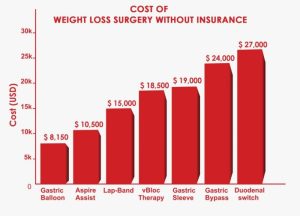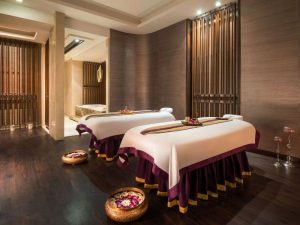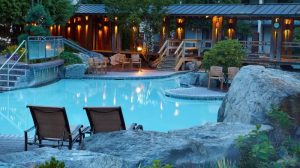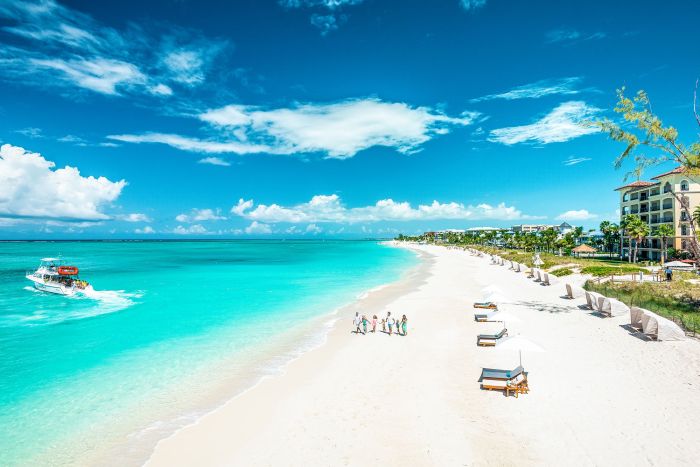
Defining All-Inclusive Hotel and Spa Vacation Packages
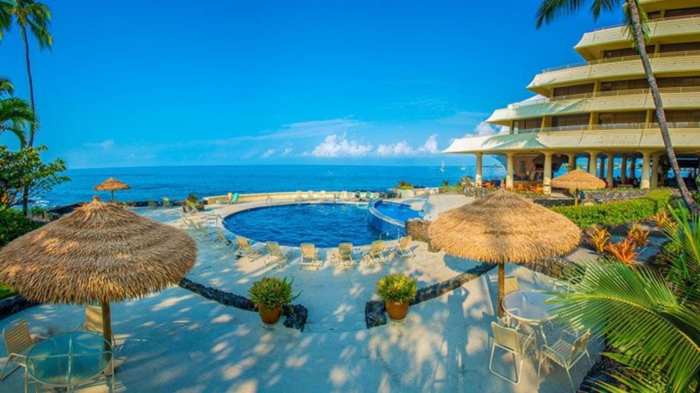
All-inclusive hotel and spa vacation packages offer a convenient and often cost-effective way to enjoy a relaxing getaway. These packages bundle together accommodation, meals, drinks, and often a range of activities and spa treatments, eliminating the need for separate bookings and budgeting throughout your stay. This simplifies the vacation planning process and allows for a more predictable overall cost.All-inclusive packages typically include lodging in a chosen room type, meals at designated restaurants within the resort (often with various dining options), beverages (alcoholic and non-alcoholic), access to resort amenities such as pools, fitness centers, and sometimes non-motorized water sports, and in the case of spa packages, access to specific spa treatments or discounts on spa services.
The specific inclusions vary considerably depending on the resort, the type of package purchased, and the overall level of luxury offered.
Types of All-Inclusive Packages
All-inclusive packages cater to a diverse range of travelers and budgets. Luxury all-inclusive resorts offer high-end accommodations, gourmet dining experiences, premium beverages, and extensive spa facilities, often featuring personalized services and exclusive amenities. Budget-friendly all-inclusive resorts provide a more affordable option while still encompassing the core benefits of an all-inclusive stay, such as meals and drinks. Family-oriented all-inclusive resorts prioritize the needs of families with children, offering kids’ clubs, family-friendly activities, and specialized dining options.
Furthermore, some resorts offer specialized packages focused on wellness, adventure, or romantic getaways.
Differences Between All-Inclusive Packages Offered by Different Hotel Brands
The experience of an all-inclusive vacation can differ significantly depending on the hotel brand. Luxury brands like Sandals and Beaches focus on couples and families respectively, offering premium services and a high level of personal attention. Other brands may cater to a broader audience, with varying levels of luxury and amenities. Some brands may emphasize specific aspects, such as eco-tourism or wellness, while others focus on providing a wide range of activities and entertainment.
The quality of food and beverages, the variety of dining options, and the overall ambiance also vary widely between brands and even within the same brand across different locations. For example, a Sandals resort in the Caribbean might offer a vastly different experience than a similar-branded resort in Mexico, due to local culinary traditions and available resources.
Comparison of Three All-Inclusive Packages
The following table compares three different all-inclusive packages, showcasing the variations in features and pricing. These are illustrative examples and actual prices and inclusions can vary significantly based on seasonality, availability, and specific booking details.
| Package | Resort Brand | Key Features | Price (per person, 7 nights) |
|---|---|---|---|
| Luxury Escape | Example Luxury Brand | Oceanfront suite, gourmet dining, premium liquor, daily spa treatments, private butler service | $5000 |
| Family Fun | Example Family Resort | Family suite, multiple restaurants, kids’ club, water park access, some alcoholic beverages | $2500 |
| Relaxing Retreat | Example Budget-Friendly Resort | Standard room, buffet and à la carte dining, limited alcoholic beverages, access to pool and beach | $1500 |
Target Audience and Market Segmentation

All-inclusive hotel and spa vacation packages cater to a diverse clientele, requiring a nuanced understanding of market segmentation to effectively reach potential guests. Understanding the demographics, psychographics, and travel preferences of various segments allows for the creation of targeted marketing campaigns that maximize return on investment.Effective market segmentation involves dividing the broad market into smaller, more homogeneous groups based on shared characteristics.
This allows for the tailoring of marketing messages and offers to resonate specifically with each segment’s needs and desires. Failing to segment appropriately leads to wasted marketing resources and diminished effectiveness.
Demographic Segmentation
Demographic segmentation focuses on quantifiable characteristics such as age, gender, income, education, occupation, family size, and location. For all-inclusive hotel and spa packages, this might involve identifying key segments like young professionals seeking luxury experiences, families with children looking for convenient and engaging vacations, or retirees seeking relaxation and wellness retreats. For example, marketing materials targeted towards young professionals might emphasize upscale amenities and exclusive experiences, while those targeting families might highlight childcare services and family-friendly activities.
Psychographic Segmentation
Psychographic segmentation delves into the psychological aspects of consumers, including their lifestyles, values, interests, attitudes, and personality traits. This is crucial for understanding the motivations behind travel choices. For all-inclusive spa packages, key psychographic segments could include wellness enthusiasts prioritizing health and relaxation, adventure seekers combining spa treatments with outdoor activities, or luxury travelers seeking opulent experiences and personalized service.
A marketing campaign focused on wellness enthusiasts, for instance, would emphasize the spa’s therapeutic treatments and holistic wellness programs.
Travel Preference Segmentation
Travel preferences encompass factors like travel style (luxury, budget, adventure), preferred destinations, travel frequency, and preferred modes of transportation. Some segments might prefer romantic getaways, others might prioritize family-friendly resorts, while some might seek adventure-based vacations. For example, a segment preferring romantic getaways would be attracted to luxurious accommodations, couples’ massages, and private dining experiences, which would be emphasized in the marketing materials.
Those preferring adventure might be drawn to resorts offering nearby hiking, watersports, or other activities.
Marketing Strategies by Segment
Reaching each segment effectively requires tailored marketing strategies. For example, digital marketing, including targeted social media advertising and email campaigns, is effective for reaching younger demographics. Print advertising in luxury travel magazines might be more suitable for higher-income segments. Collaborations with travel agents and influencers can also be effective for reaching specific niches. For instance, partnering with a wellness influencer to promote a spa package would resonate strongly with the wellness-focused segment.
Marketing Campaign: Romantic Getaways
This campaign targets couples seeking romantic getaways. The campaign’s theme would be “Escape to Paradise: Rekindle the Romance.” Marketing materials would showcase intimate settings, couples’ massages, private dinners under the stars, and romantic amenities like rose petals and champagne. The campaign would utilize targeted social media advertising on platforms like Instagram and Facebook, focusing on visually appealing imagery and romantic storytelling.
Email marketing would be employed to nurture leads and offer exclusive discounts. Partnerships with wedding planners and relationship magazines would also be considered to reach the target audience effectively. The campaign would emphasize the exclusivity and personalized service offered to create a truly unforgettable romantic experience.
